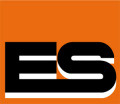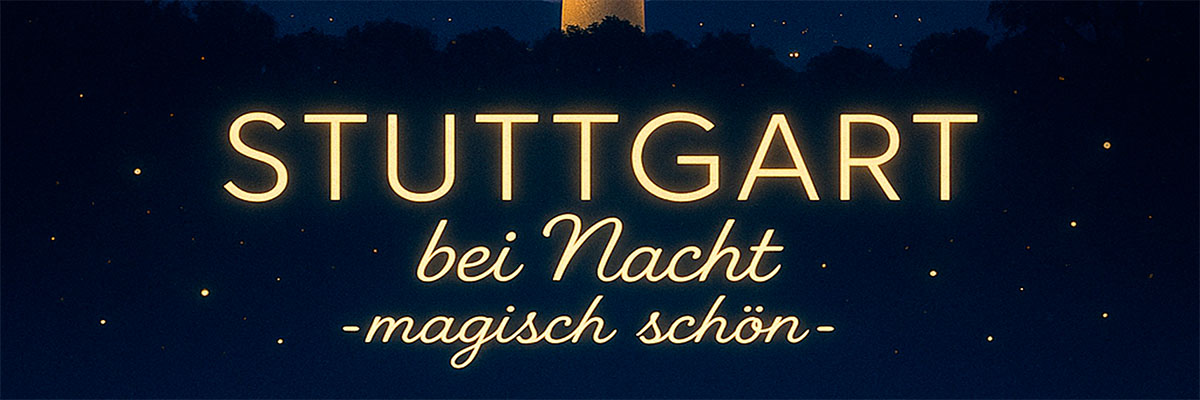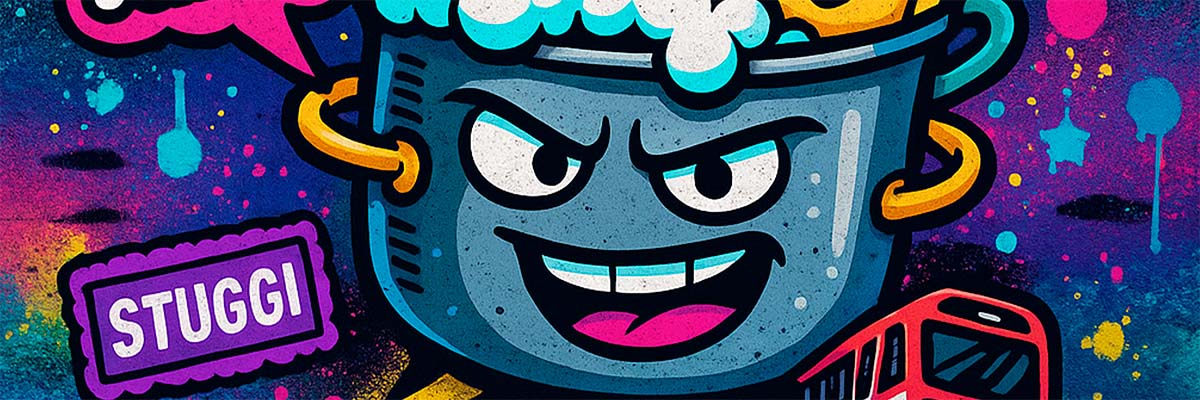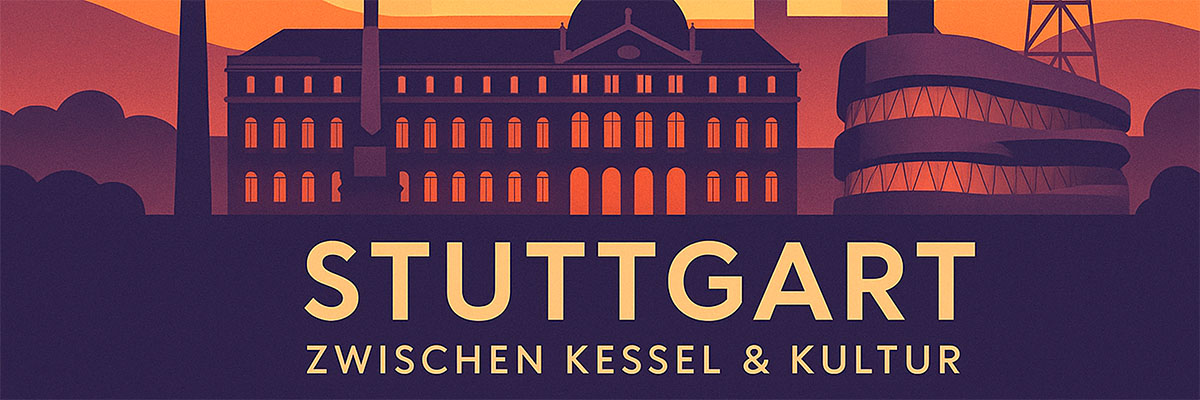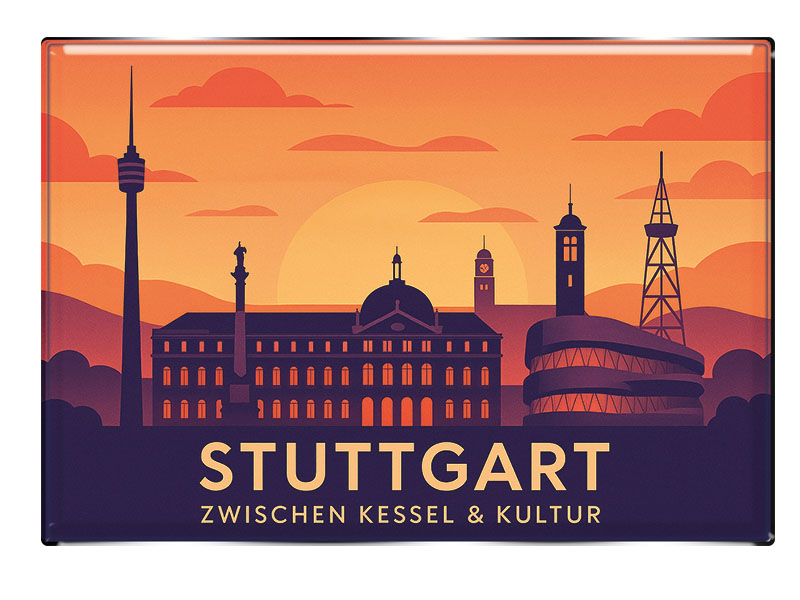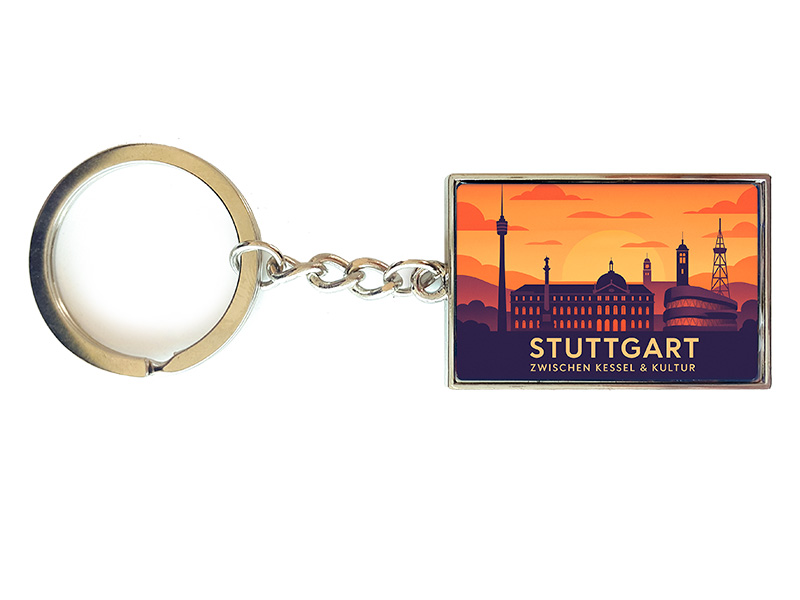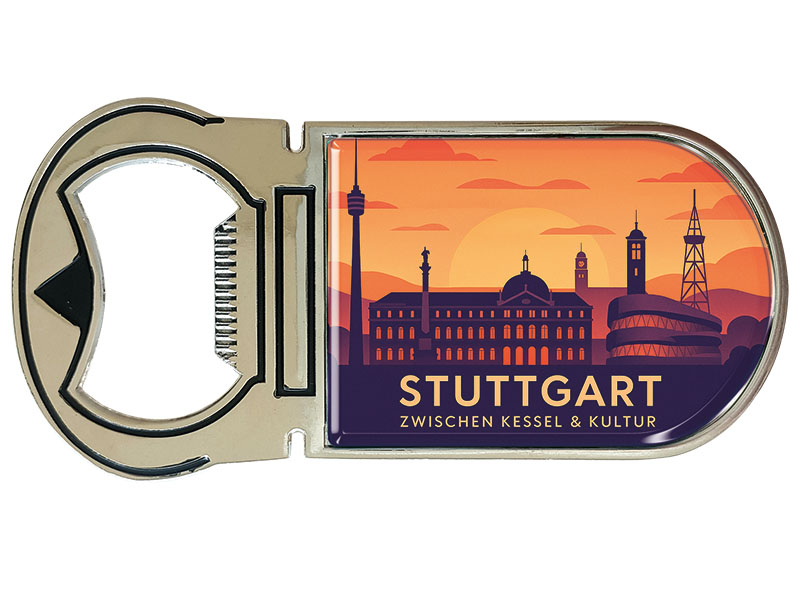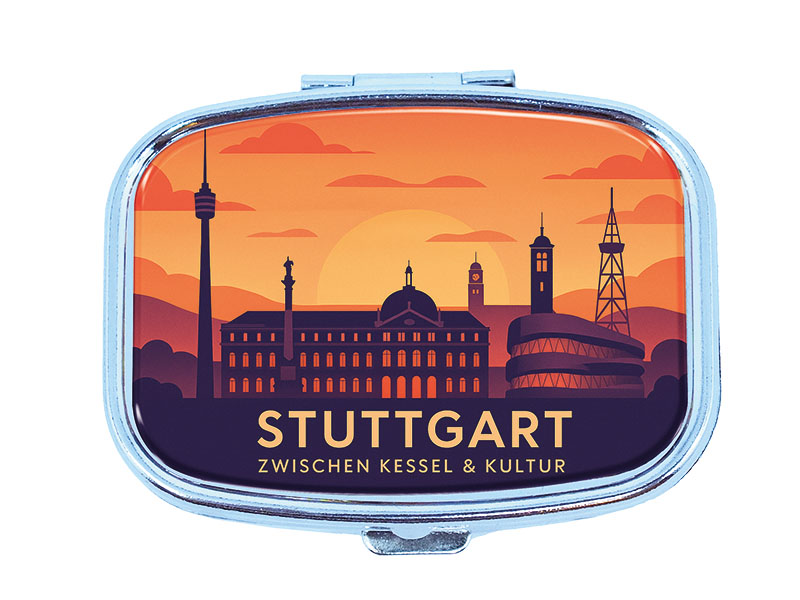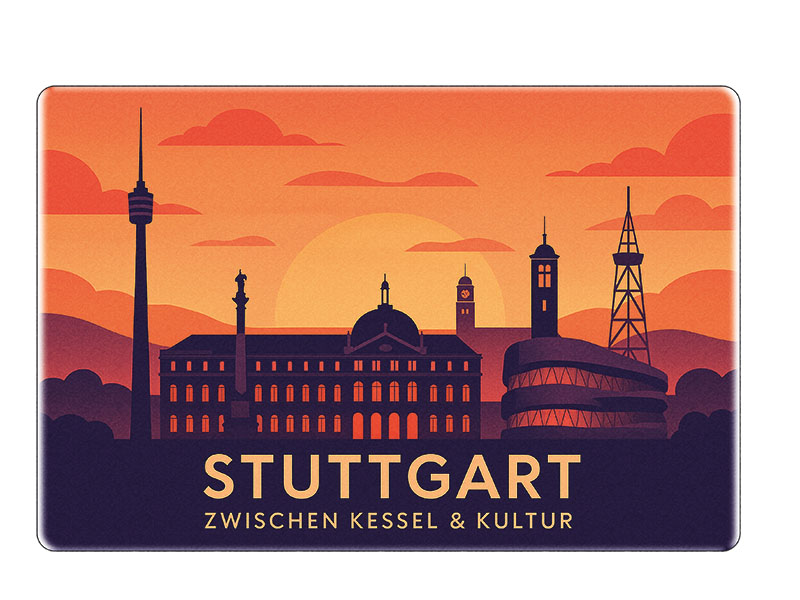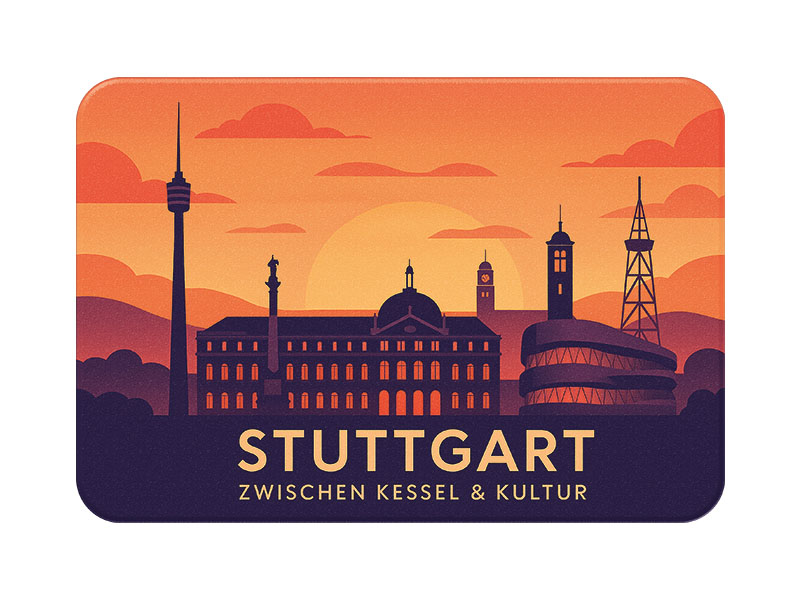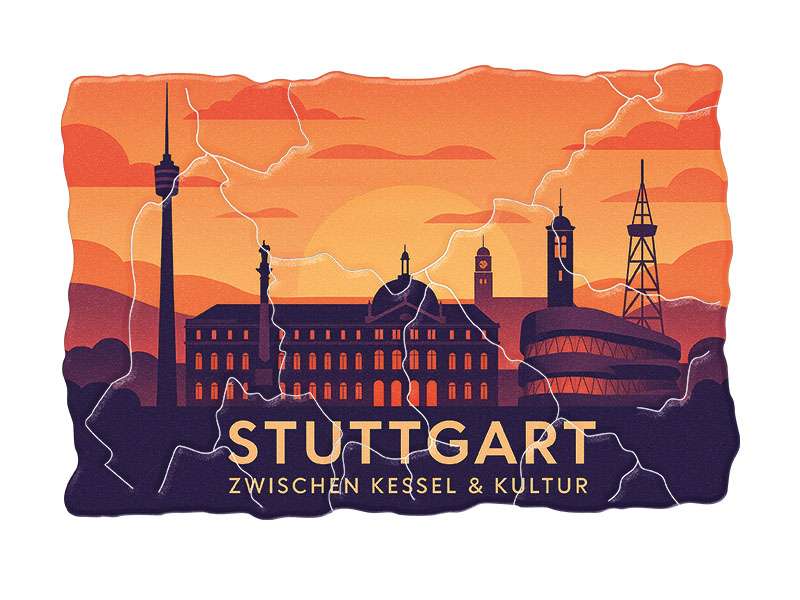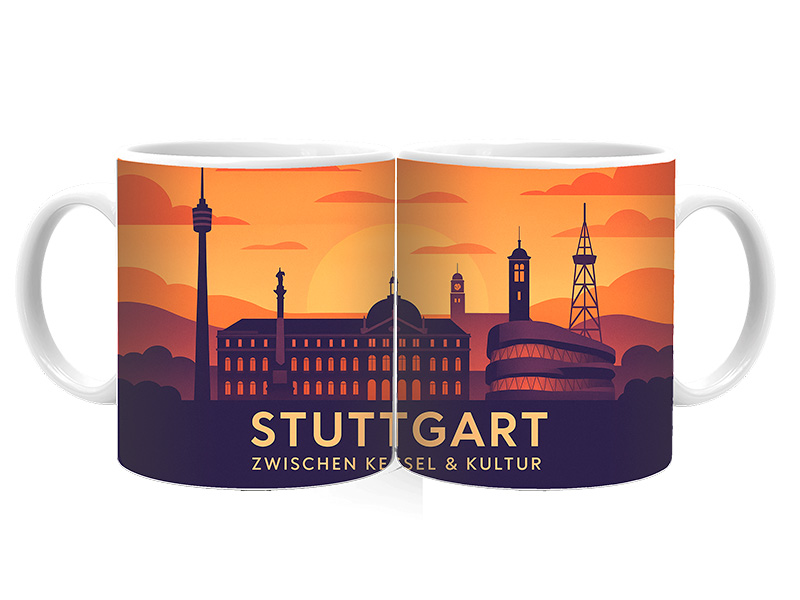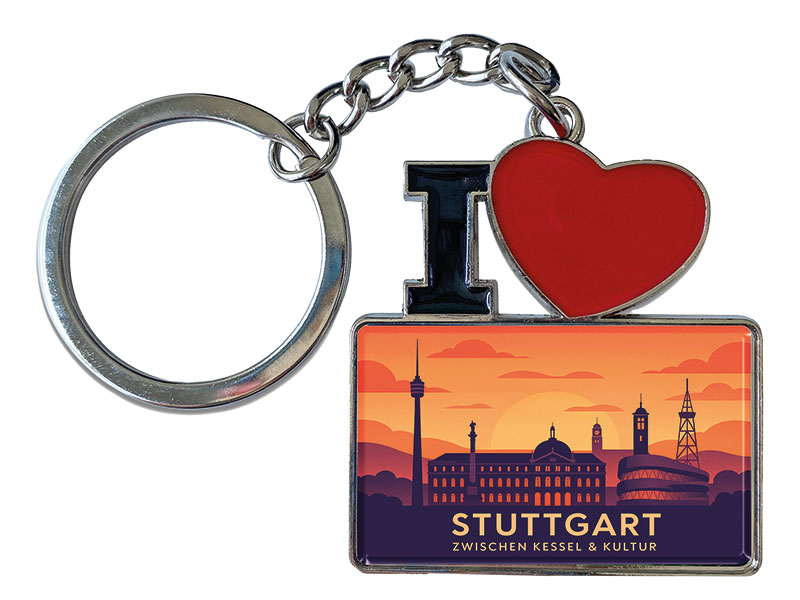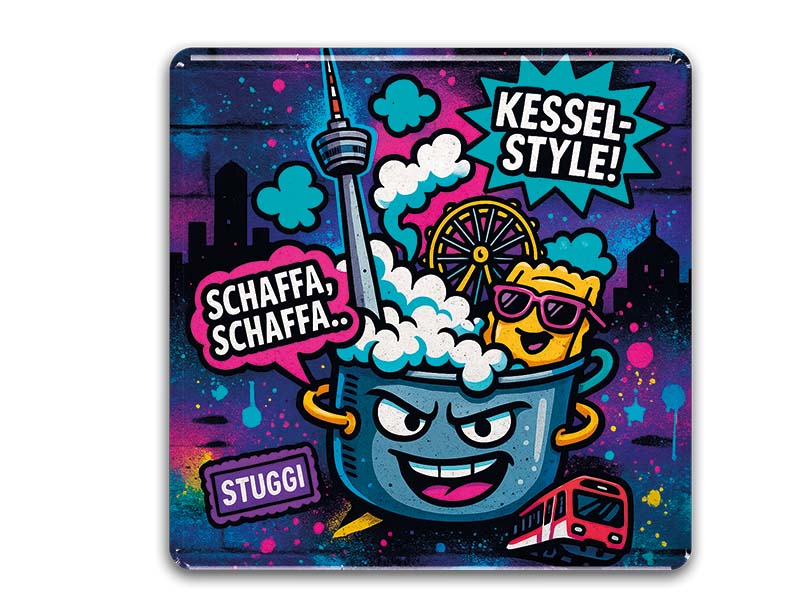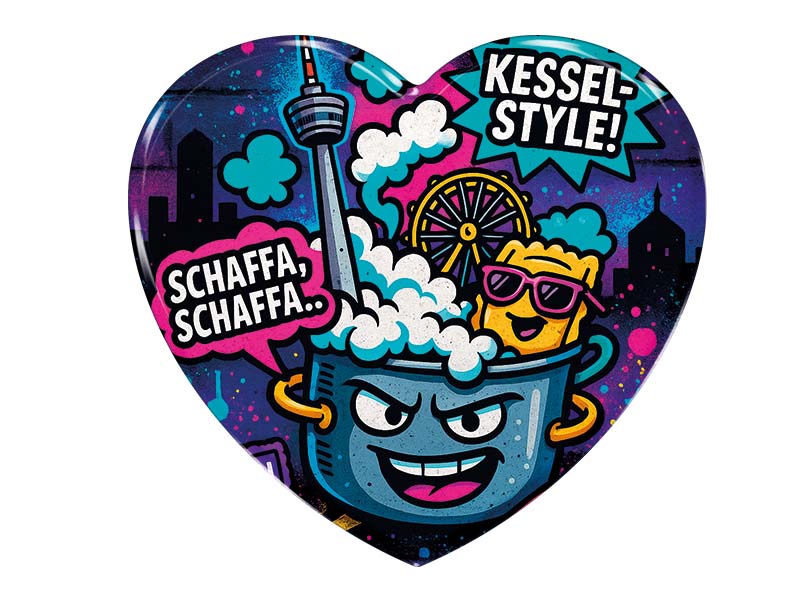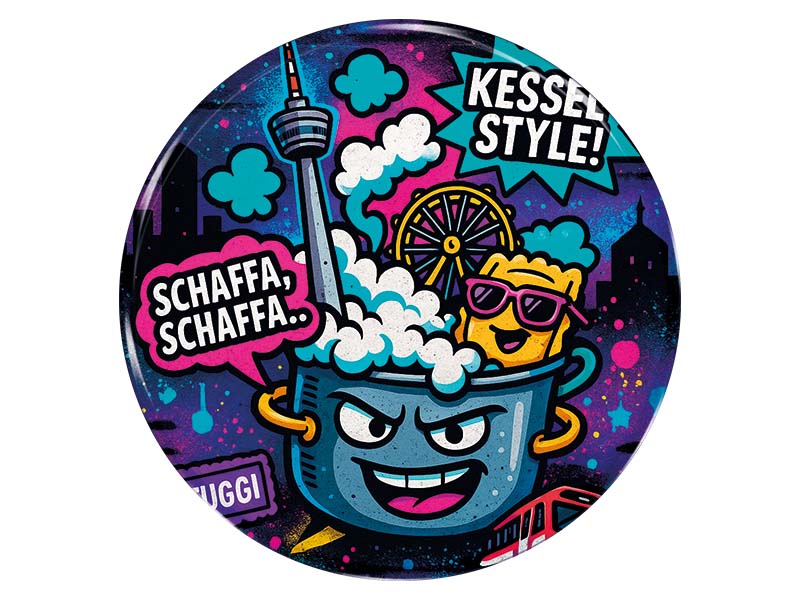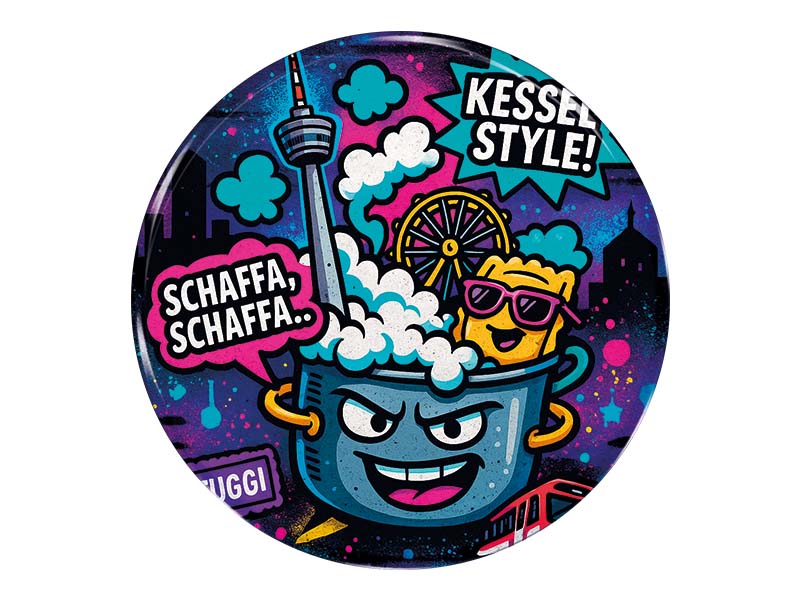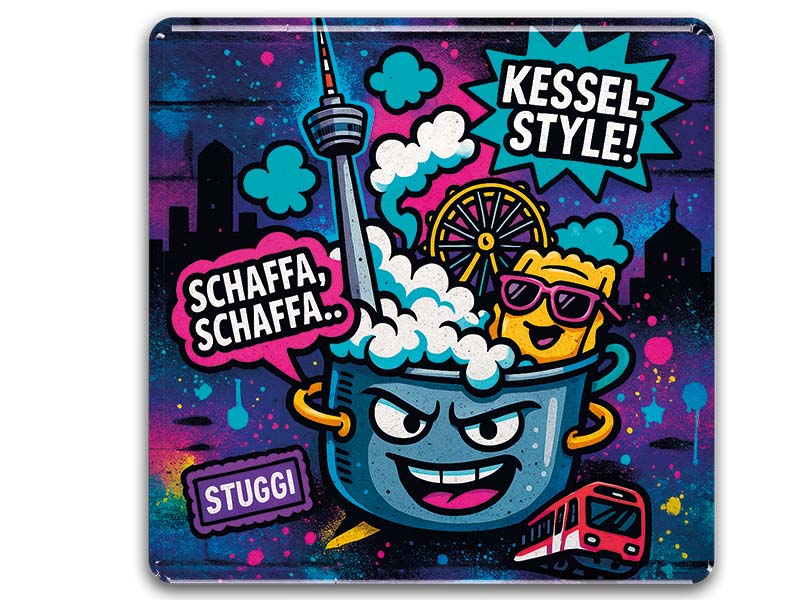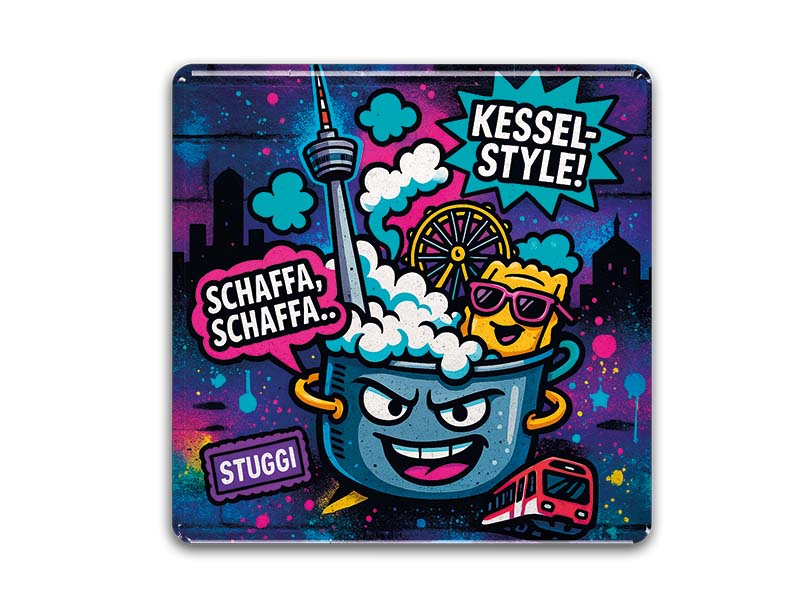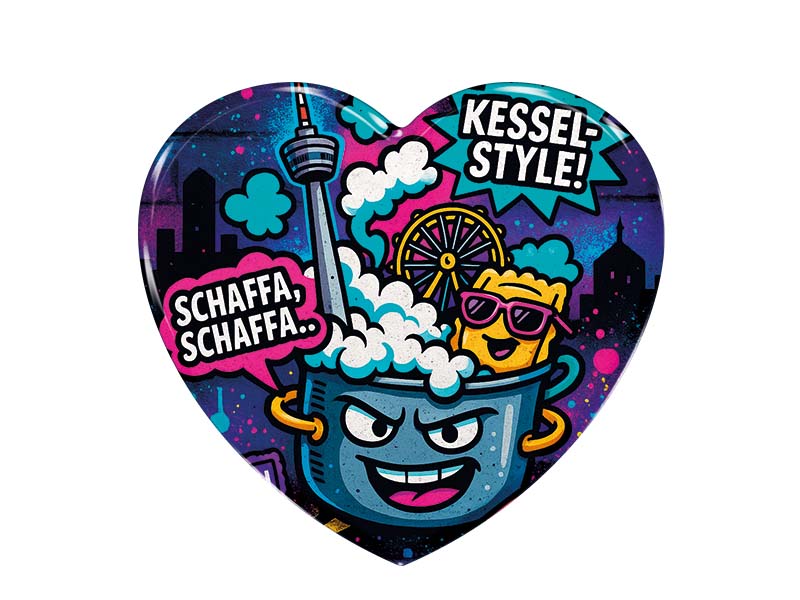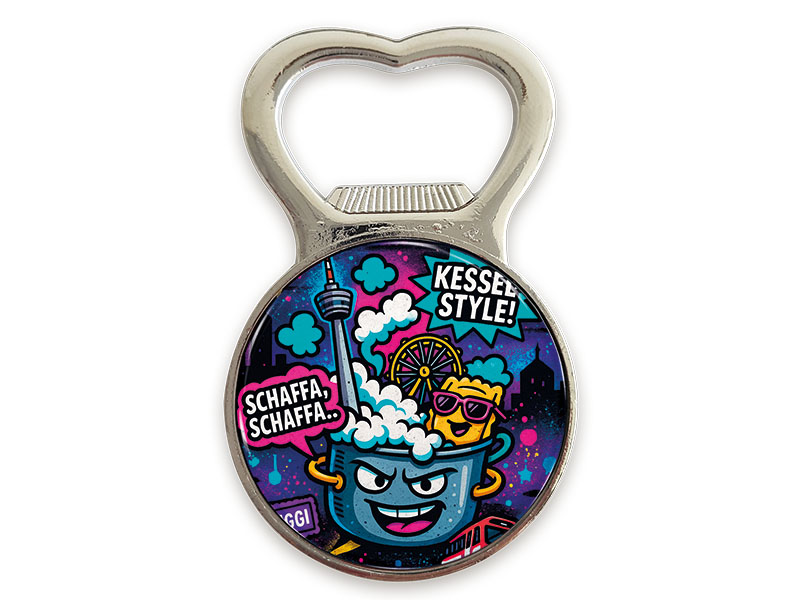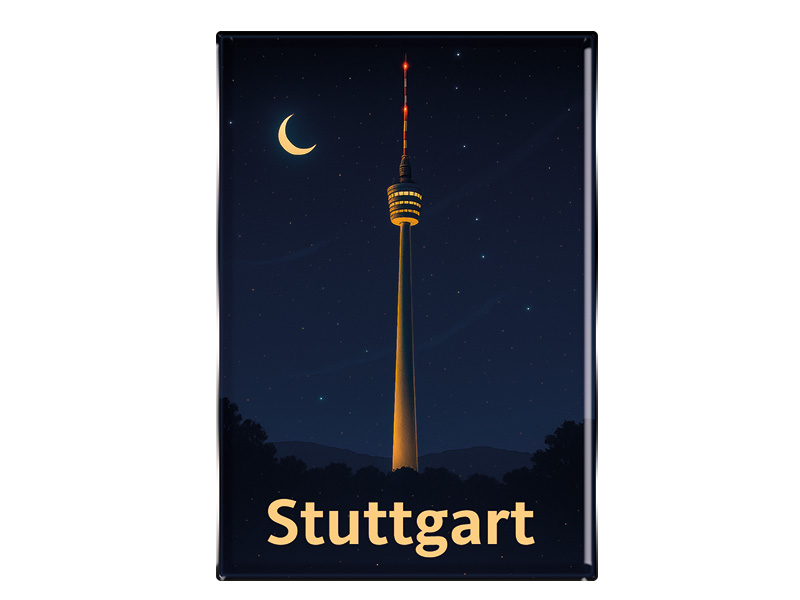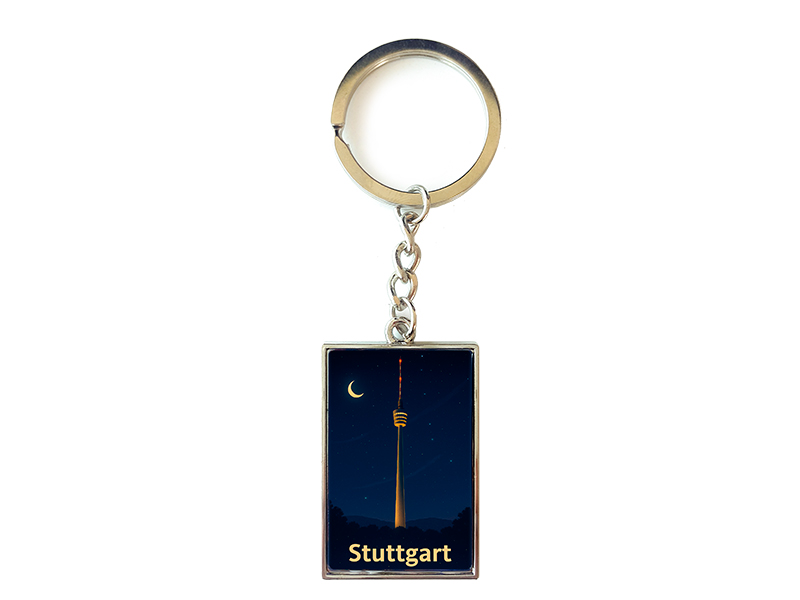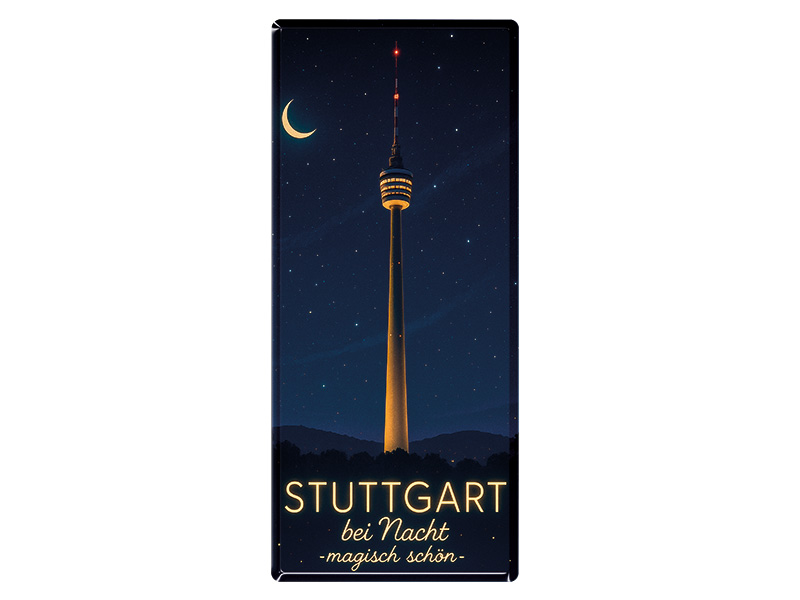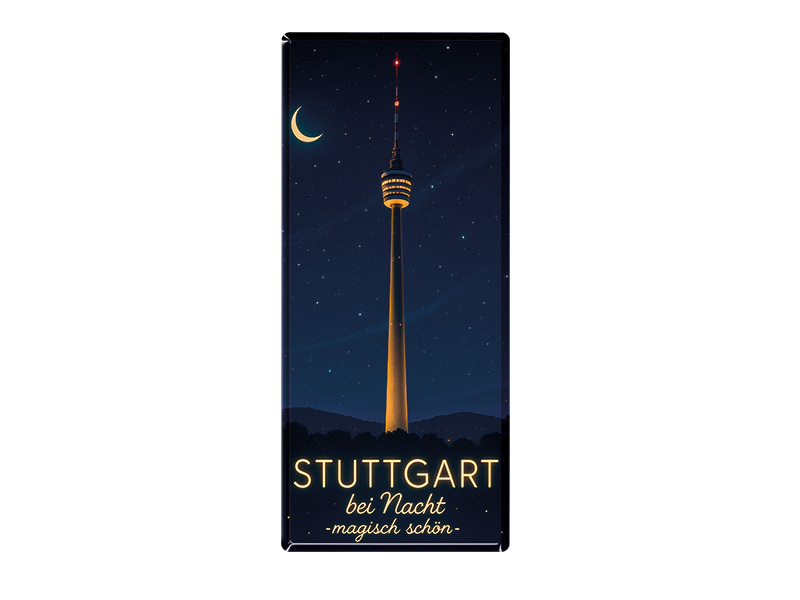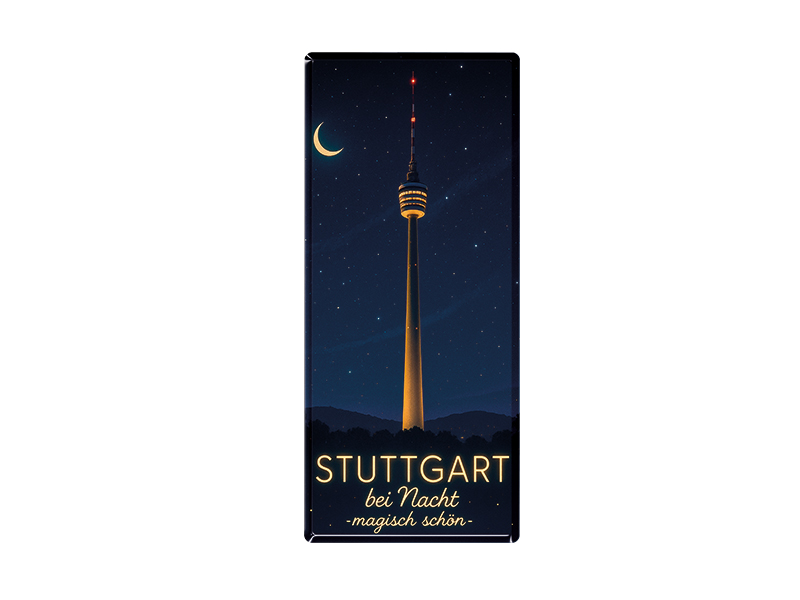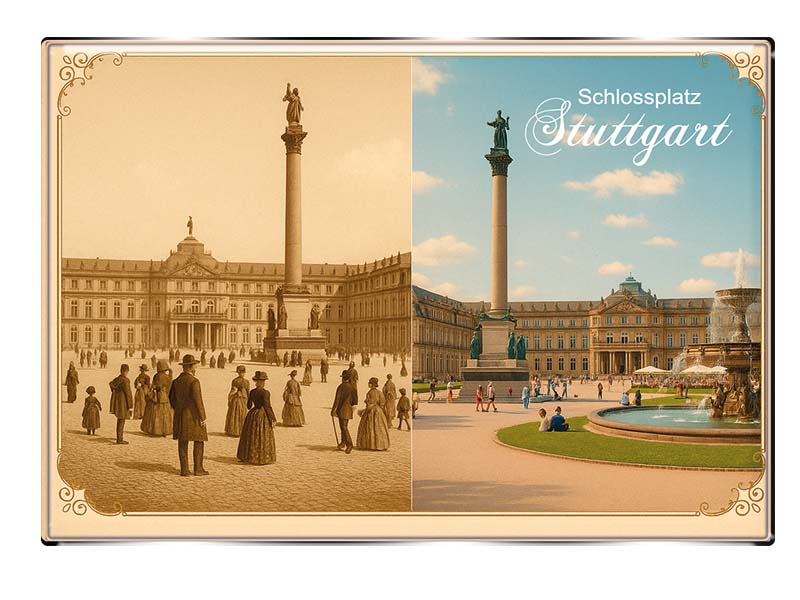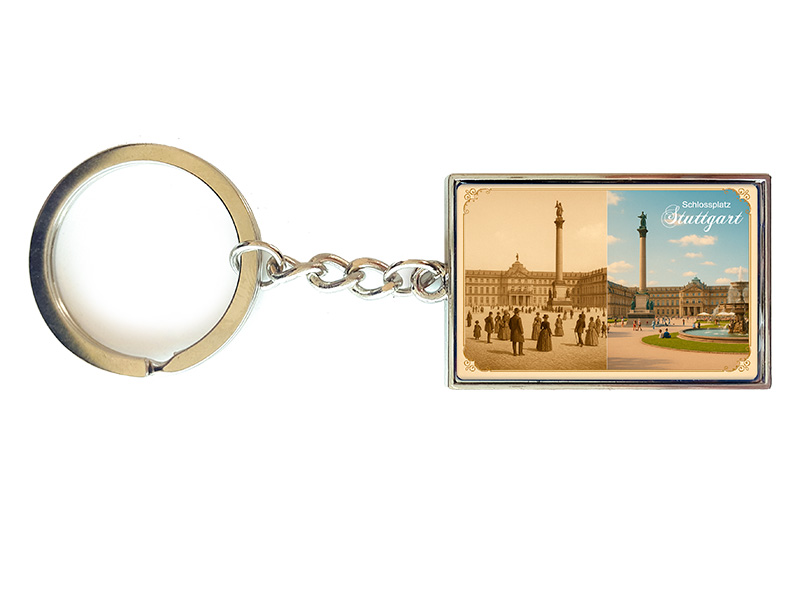- Vehicles
- Figures
- Witches
- Carnival
- Canvas
- Magnets
- Materials
- Maritime
- Hats
- New products
- Personalize
- Plush
- Dolls
- Collectible figures
- Keychain
- Special production
- %Special offers%
- Money boxes
-
Cities - Regions
- Bad Säckingen
- Bamberg
- Bayerischer Wald
- Berchtesgaden
- Berlin
- Bodensee
- Bremen
- Brocken
- Chiemsee
- Cochem
- Dinkelsbühl
- Dresden
- Eibsee
- Frankfurt
- Freiburg
- Gardasee
- Garmisch-Partenkirchen
- Hamburg
- Harz
- Heidelberg
- Helgoland
- Insel Mainau
- Kleinwalsertal
- Koblenz
- Köln
- Königssee
- Leipzig
- Lübeck
- Mecklenburgische Seenplatte
- München
- Nürnberg
- Oberammergau
- Passau
- Potsdam
- Quedlinburg
- Regensburg
- Rothenburg
- Rügen
- Schwarzwald
-
Stuttgart
- Sylt
- Titisee
- Traunsee
- Triberg
- Ulm
- Wernigerode
- Bags/Backpacks
- Textile
- Animal
- Subjects
More information? sign in.
More information? sign in.
More information? sign in.
More information? sign in.
More information? sign in.
More information? sign in.
More information? sign in.
More information? sign in.
More information? sign in.
More information? sign in.
More information? sign in.
More information? sign in.
More information? sign in.
More information? sign in.
More information? sign in.
More information? sign in.
More information? sign in.
Stuttgart – A City of Tradition, Innovation, and High Quality of Life
Stuttgart, the capital of the German state of Baden-Württemberg, is a city with an international reputation. Known for its automotive industry, picturesque location in the Neckar Valley, and rich cultural heritage, Stuttgart attracts tourists and business visitors from all over the world. The city is not only an economic hub but also a place with a fascinating history, vibrant culture, and culinary traditions that shape its character.
Historical Background and Origins
Stuttgart’s history stretches back over a thousand years. The first documented mention of the city dates to the year 950, when Count Liudolf of Swabia established a horse breeding stud in the region. The name “Stuttgart” evolved from the Old High German “Stuotgarten,” meaning “stud farm.” Over the centuries, this small settlement grew into the thriving city known today.
In the Middle Ages, Stuttgart began as a small market town, expanding steadily as craftsmen and merchants settled in the area. By the 13th century, the city received official town rights, granting political and economic autonomy. Under the rule of the Dukes of Württemberg, Stuttgart developed into a royal residence and a regional center of influence.
The 19th century Industrial Revolution marked a turning point for Stuttgart. The city became a hub for mechanical engineering and the automotive industry. Famous companies such as Daimler and Porsche originated here, earning Stuttgart the nickname “Cradle of the Automobile.” Today, the city is synonymous with innovation, engineering, and technological excellence.
Geographical Location and Population
Stuttgart is located in southwestern Germany, stretching along the Neckar Valley and surrounding hills. The city is encircled by vineyards and green landscapes, creating a picturesque urban environment. Its geographical position makes Stuttgart an important transportation hub: highways, railways, and the Stuttgart International Airport connect the city efficiently to both national and international destinations.
With a population of around 630,000 (as of 2025), Stuttgart is the sixth-largest city in Germany. The Stuttgart metropolitan region, which includes nearby towns like Ludwigsburg, Esslingen, and Fellbach, is home to over 5.3 million people. This urban area is known for its high quality of life, strong economic growth, and multicultural population.
Sights and Culture
Stuttgart offers an impressive variety of attractions, combining history, art, and modern architecture:
-
Schlossplatz and the New Palace: The city’s heart, Schlossplatz, is surrounded by historical buildings, gardens, and modern shopping centers. The New Palace, built in the 18th century, once served as the residence of the Dukes of Württemberg and is a stunning example of Baroque architecture.
-
Old Castle (Altes Schloss): Situated near Schlossplatz, the Old Castle now houses the Württemberg State Museum, showcasing artifacts from antiquity to the Renaissance, including art, coins, and historical objects.
-
Staatsgalerie Stuttgart: Art enthusiasts can explore one of Germany’s most significant collections of modern and classical art, featuring works by Monet, Picasso, Beckmann, and many others.
-
Mercedes-Benz and Porsche Museums: As the birthplace of the automobile, Stuttgart is home to these two world-famous museums. They attract hundreds of thousands of visitors annually and provide a deep insight into the history of car engineering and iconic vehicle designs.
-
Wilhelma Zoological-Botanical Garden: A unique garden that combines zoology and botany. Visitors can admire exotic animals and plants in historic greenhouses and spacious outdoor areas.
-
Stuttgart TV Tower: The world’s first reinforced concrete television tower, built in 1954, offers panoramic views of the city and surrounding region.
Stuttgart is also a cultural hub. The Stuttgart State Theater, which includes opera, ballet, and drama, is one of Germany’s most prestigious theaters. Numerous festivals, such as the international Animation Festival and the Stuttgarter Weindorf (wine village festival), make the city particularly attractive for visitors.
Tourism and Visitor Numbers
Stuttgart welcomes around 4 to 5 million overnight guests annually. The city attracts culture lovers and automotive enthusiasts alike. Weekends are particularly popular for exploring museums, wine festivals, and the vibrant city life. Its proximity to the Black Forest, Swabian Jura, and Lake Constance also makes Stuttgart an excellent base for day trips and nature excursions.
Famous People
Stuttgart has produced or hosted many well-known personalities:
-
Friedrich Schiller (1759–1805): The world-renowned poet and philosopher lived in Stuttgart and worked as a theater poet.
-
Sönke Wortmann (b. 1959): Director of several popular German films, including “Der bewegte Mann.”
-
Jürgen Klinsmann (b. 1964): Football World Cup winner and coach, who played for Stuttgart clubs.
Many other artists, musicians, and scientists have shaped Stuttgart’s cultural life to this day.
Typical Food and Drinks
Stuttgart is at the heart of Swabian cuisine, known for its hearty and flavorful dishes. Signature specialties include:
-
Maultaschen: Stuffed pasta pockets, often referred to as “Swabian ravioli,” filled with meat, vegetables, or cheese, traditionally served in broth or pan-fried.
-
Spätzle: Fresh egg noodles, served as a side dish with meat or baked with cheese as “Käsespätzle.”
-
Zwiebelrostbraten: Beef steak with a rich onion sauce, served with spätzle or potatoes.
-
Flädlesuppe: Soup with thin strips of pancake, a traditional regional favorite.
The Stuttgart region is also renowned for wine production. It ranks among Germany’s largest wine-growing areas. Red wines, particularly Trollinger and Lemberger, as well as white wines like Riesling, are regional specialties. Local beers are also popular and served in numerous breweries and beer gardens throughout the city.
Souvenirs and Local Gifts
Tourists visiting Stuttgart have many options for souvenirs:
-
Regional wines and accessories: Bottles of local wine, wine tasting sets, or gift sets.
-
Miniature cars: Models of Mercedes-Benz and Porsche vehicles are popular mementos.
-
Arts and crafts: Swabian wood carvings, ceramics, and handmade souvenirs.
-
Food products: Regional specialties like Maultaschen, Spätzle flour, or local chocolates.
These items reflect Stuttgart’s combination of tradition, culture, and modern industry and are highly appreciated by visitors.
Economy and Innovation
In addition to culture and tourism, Stuttgart is a major economic center in Germany. The city hosts many large companies and global corporations, especially in the automotive, mechanical engineering, IT, and financial sectors. Daimler, Porsche, Bosch, and Mahle are just a few examples of internationally renowned companies headquartered or operating extensively in Stuttgart.
The strong economy attracts skilled professionals from around the world, making Stuttgart a city of high education and innovation. The University of Stuttgart and numerous technical colleges contribute to research and development in engineering, computer science, and environmental technology.
Conclusion
Stuttgart uniquely combines history, culture, economy, and natural beauty. From the historic residences of the Dukes of Württemberg and world-famous automotive museums to scenic vineyards and lively neighborhoods, the city offers a diversity that captivates residents and visitors alike. Swabian cuisine, cultural festivals, and modern economic infrastructure make Stuttgart both an attractive destination and a dynamic place to live. Whether exploring its rich history, enjoying local wines, or experiencing the latest in automotive innovation, Stuttgart presents a perfect blend of tradition and modernity.
